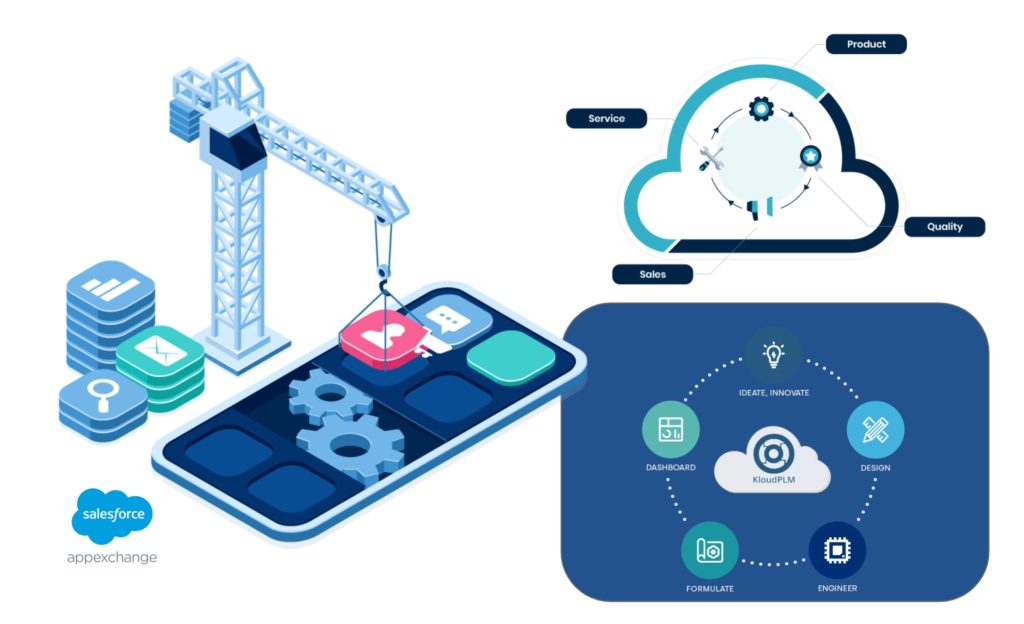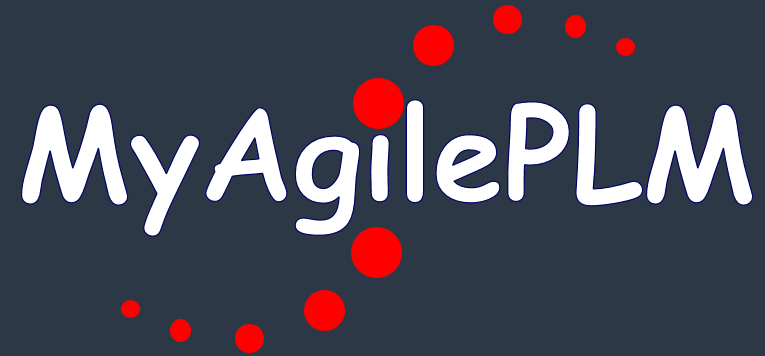
SaaS is growing and I can see every day how manufacturing companies are adopting SaaS solutions. What was a vision back in the 2010s, now coming as a reality in 2020? However, not everything is clear in this migration from the legacy PLM platforms to SaaS. As manufacturing companies are looking toward escaping existing legacy applications and adopting new SaaS cloud technologies and platforms, the question of selecting the right platform is coming with a high level of urgency. What is the right platform for product lifecycle management? How do differentiate between cloud washing and cloud innovation? A cloud PLM solution today is available for practically all PLM vendors. Should manufacturing companies choose cloud PLM software dependent on a specific cloud platform (eg. salesforce, Microsoft, AWS, etc). Is one single platform good for everything including cloud PLM software? Product lifecycle management is a complex discipline. Will cloud PaaS such as the Salesforce platform be a good foundation for product lifecycle management? Moreover, what is the right strategy for broader topics beyond cloud PLM such as the development of business systems, supply chain, and quality management, complex Bill of Materials management, and other disciplines where any solution where the digital thread begins?
Cloud Platform Choice
In the world of cloud transformation, the question about cloud platforms is one of those that manufacturing companies are asking themselves in the most active and frequent ways. Back in the 1990s, the tough choice of manufacturing companies was what database to use as a foundation of enterprise software. Those of you that remember endless debates between DB2, Oracle, and MS SQL followers, can appreciate modern debates and cloud wars between Amazon, Google, Microsoft, and other enterprise companies offering cloud platforms. One of these platforms is Salesforce.com, which was the pioneer of the No Software (SaaS) approach and, probably, the most established PaaS place for SaaS applications for enterprises. Among competitors, there are Oracle NetSuite and probably growing application platforms coming from Microsoft, Google, and Amazon. The last three are clearly among top choices of enterprises and manufacturing companies when it comes to cloud computing and infrastructure.
Salesforce Appexchange
The adoption of Salesforce Appexchange is large. Salesforce marketing brings an interesting data point – 91% of the Fortune 500 have installed an AppExchange app. With digital transformation at the forefront, AppExchange can help you innovate and scale to new heights and invite everyone to join their partner program.
PLM on Salesforce?
Recently, my attention was caught by a newcomer in the PLM space –KloudPLM. The tagline on the website claims “double first” achievement – Industry’s First Comprehensive Cloud First Product Lifecycle Management Platform. Not sure what it means. Their website brings a full set of traditional PLM buzzwords – Project Management, BOM Management, Quality, CAD integrations, etc. Registration is not available and pricing starts from almost $5000 / year for 10 users.
KloudPLM made me think back about cloud platform choice and if Salesforce is the right platform for PLM development. I asked that question almost six years ago. Back in that time, my question was triggered by the Propel PLM announcement. So far, according to Crunchbase Propel raised nearly $50M from investors to develop PLM on Salesforce.
I checked the “PLM” search on AppExchange. The results bring me Propel, Tacton CPQ, and several consulting options, which again raised the question about why we don’t see the adoption of AppExchange by other PLM vendors.
CRM + PLM in a single place
The question about Salesforce adoption by PLM vendors is interesting. It clearly brings an advanced and mature foundation that is well-known by IT organizations. That is a clear advantage for anyone entering the enterprise PLM space. Connections with other applications (mostly CRM) are another strong point. Let’s move to questions.
The biggest one is engineering data management and traditional PDM function. As much as the cloud is a future vision, the majority of the design is still run in the desktop or cloud-hosted desktop systems running desktop CAD systems. Data management is an important element of any enterprise manufacturer adopting PLM and Salesforce has little to nothing to offer here. File (or Document) management on Salesforce is represented by its own solution as well as several partners. It is not clear if Salesforce document storage can support CAD documents storage and collaboration. Without that, the Salesforce platform can be limited to support real cloud PDM options competing with Autodesk Forge, Autodesk Upchain, Onshape or OpenBOM Drive.
The second important question is the robustness of data management. Especially when it comes to the questions of complex product structures and Bill of Materials Management, EBOM to MBOM transformations, and others. Any PLM vendor developing solutions on top of Salesforce will be limited to UX and data management of Salesforce. I tried to find PropelPLM and KloudPLM BOM benchmarks and features, but those were hard to find beyond standard statements. Connected to this is a question of integration and capturing information from CAD systems. Propel is offering a spreadsheet template (), but I wasn’t able to find any CAD integrations available for Propel. Kloud PLM mentioned CAD integrations, but I was not able to find a list. Note: if you are aware of the information, please share in the comments.
What is my conclusion?
The adoption of the Salesforce platform by PLM vendors remains the biggest question mark I have related to SaaS PLM adoption. The platform clearly provides tons of advantages, but seems to be missing key elements of PLM related to engineering, design, PDM options, and integration with CAD systems. I will keep watching AppExchange and track news related to PLM software available on Salesforce.com. If you have experience in running PLM software on Salesforce.com, please let me know – I’m interested to learn more. Just my thoughts…
Best, Oleg
Disclaimer: I’m co-founder and CEO of OpenBOM developing a digital cloud-native PDM and PLM platform that manages product data and connects manufacturers, construction companies, and their supply chain networks. My opinion can be unintentionally biased.
The post Cloud PLM Platform Choice – Should I put CRM and PLM Eggs In The Same Salesforce Basket? appeared first on Beyond PLM (Product Lifecycle Management) Blog.



Be the first to post a comment.